
Construction Hoist
Construction Hoist
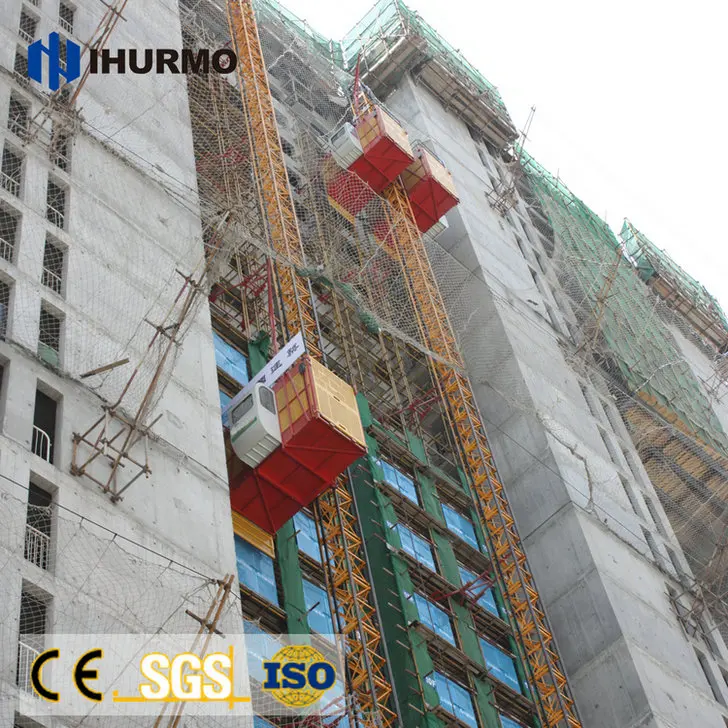
Building Material Construction Hoist for Sale
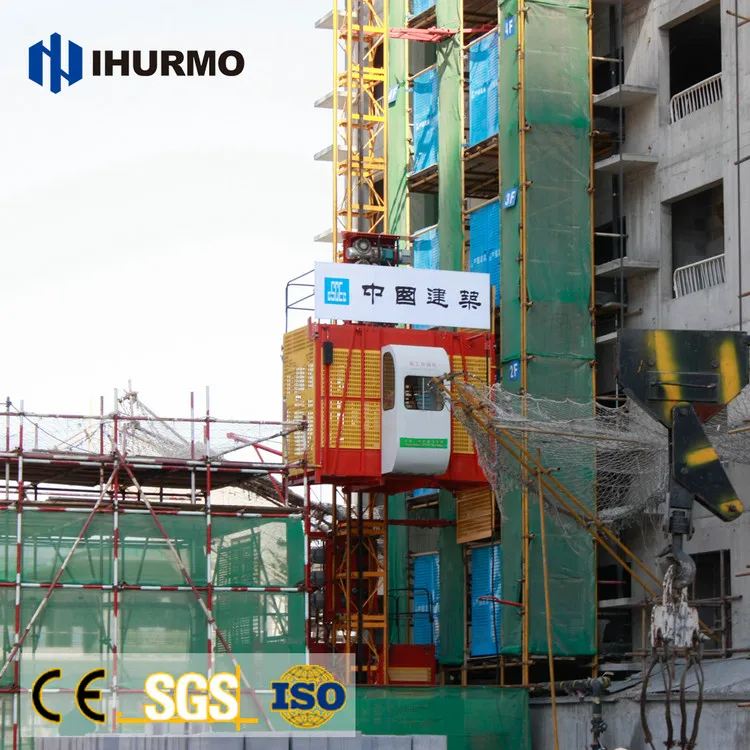
Double Cage Material Hoist for Construction
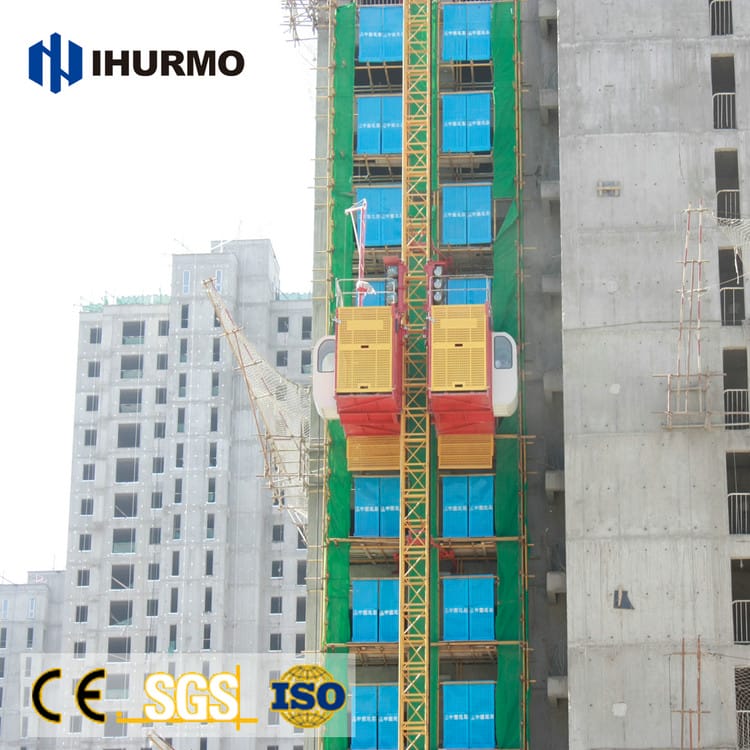
2*1000 kg Twin Cage Passenger Hoist Wholesale
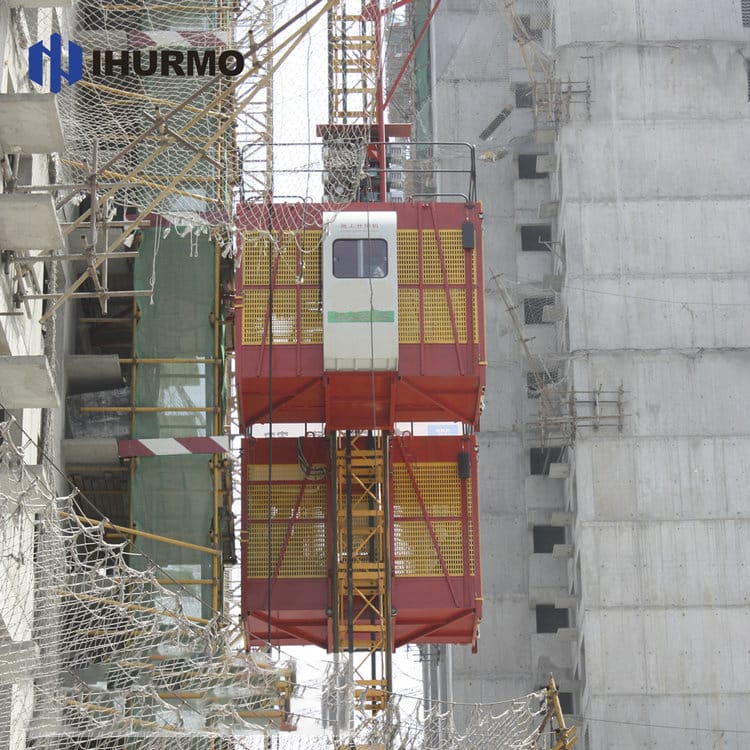
2*2000 KG Construction Passenger Lift
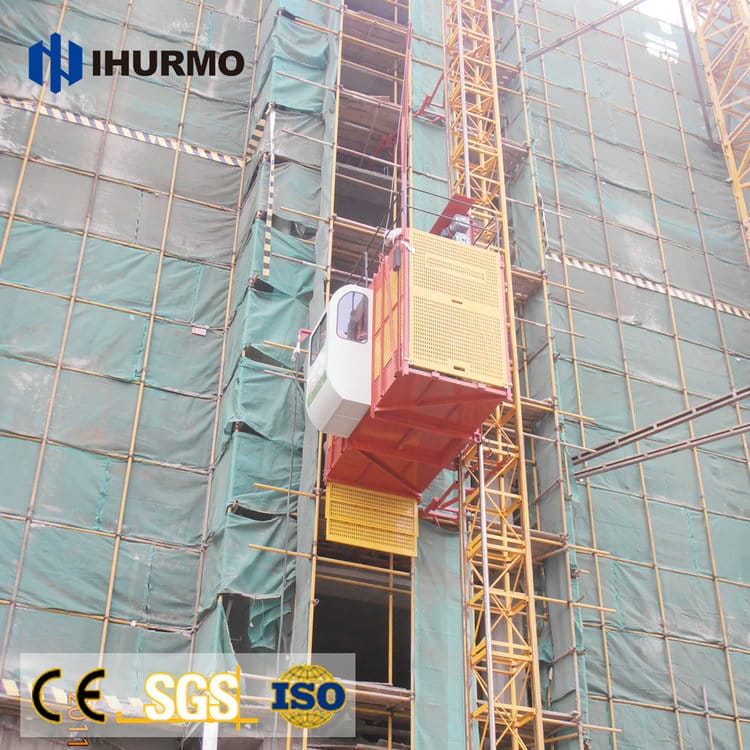
Double Cage Rack and Pinion Elevator for Construction
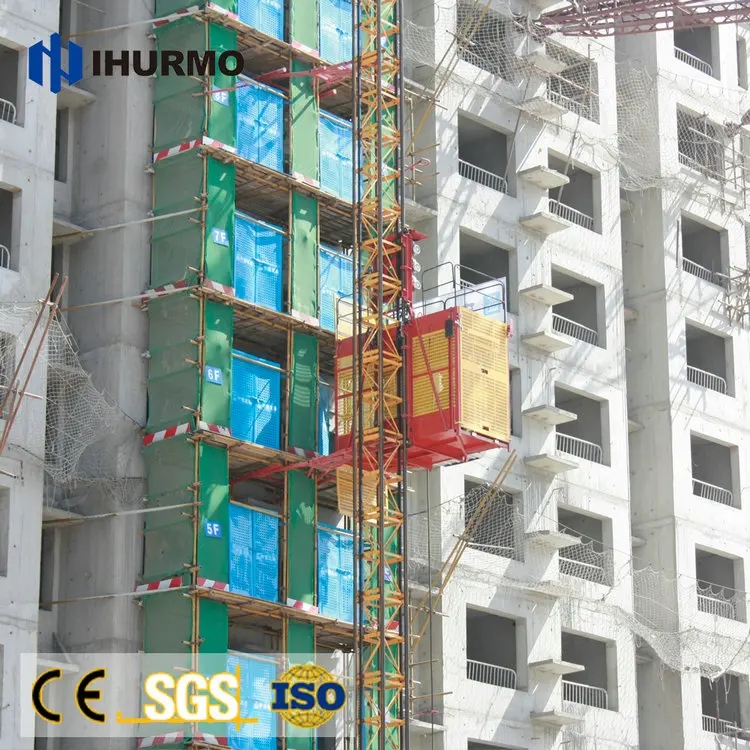
Double Cage Construction Passenger Hoist
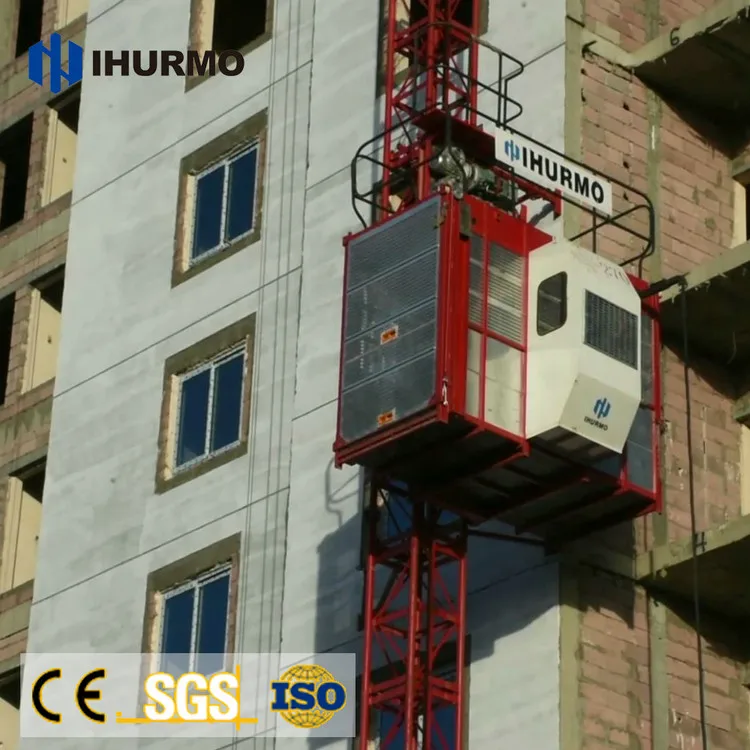
2*2000 kg Double Cage Construction Elevator
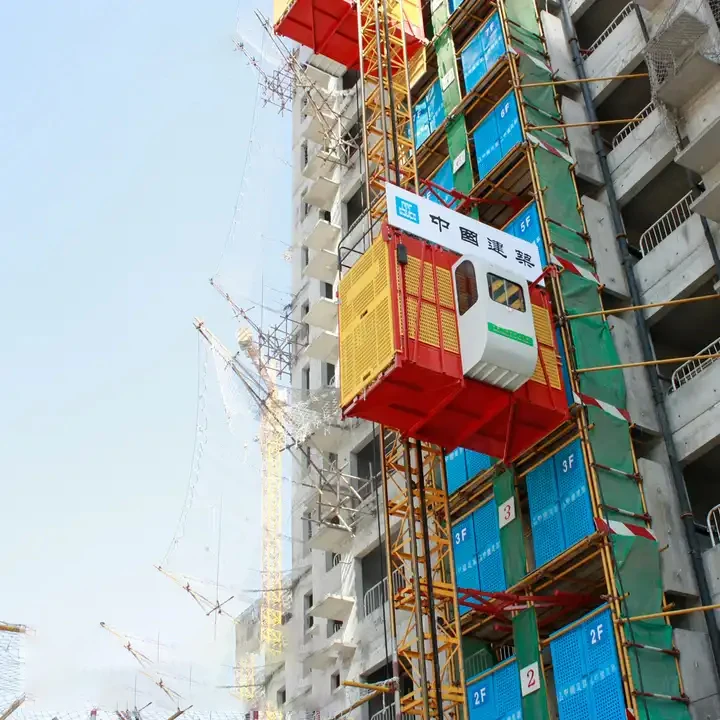
Double Cage Hoist for Building Construction
What is a Construction Hoist
Overview of a Construction Hoist
A construction hoist is a temporary vertical transportation system used to lift and lower workers and materials on a construction site.
It consists of a mast with a cage that moves along guide rails powered by a traction machine.
Construction hoists are used on sites to:
- Transport workers and construction personnel to different floors
- Lift building materials and tools during construction
- Allow workers to access the full height of structures under construction
They enable just-in-time delivery of personnel, equipment, and materials – saving time and enhancing productivity.
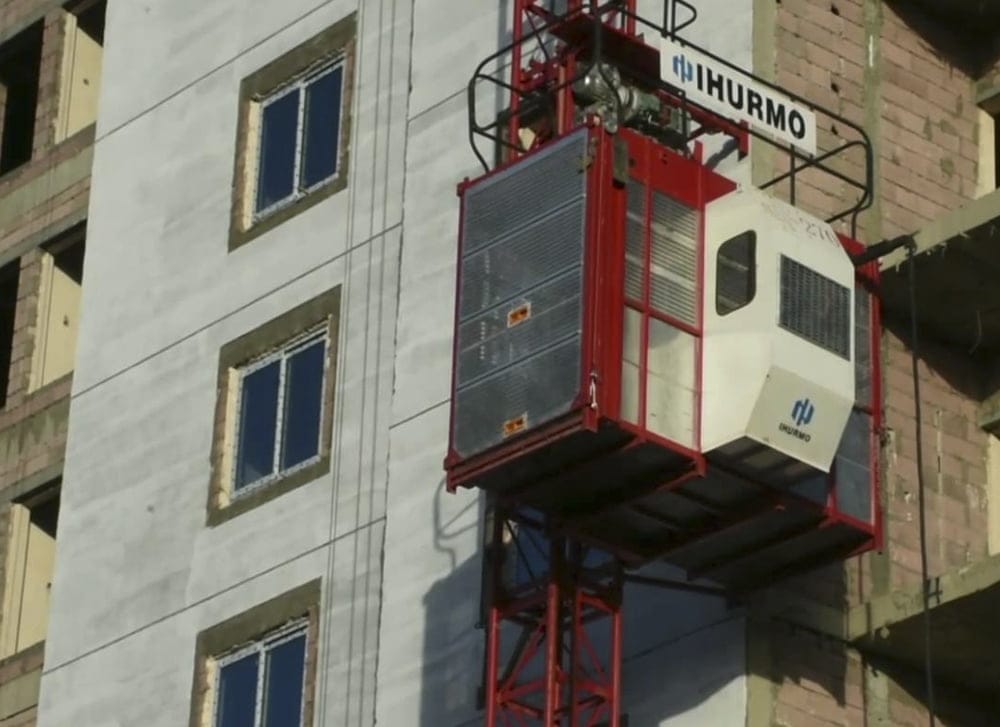
Key Components and Features of a Construction Hoist
Construction hoists consist of several key components and features to enable the safe vertical transportation of workers and materials.
The main components include:
- Mast (Guide Rail Bracket)
- Cage
- Underframe and Protection Fence
- Wall Ties and Cable Guide Systems
- Drive System and Electrical Components
Hoist Operations
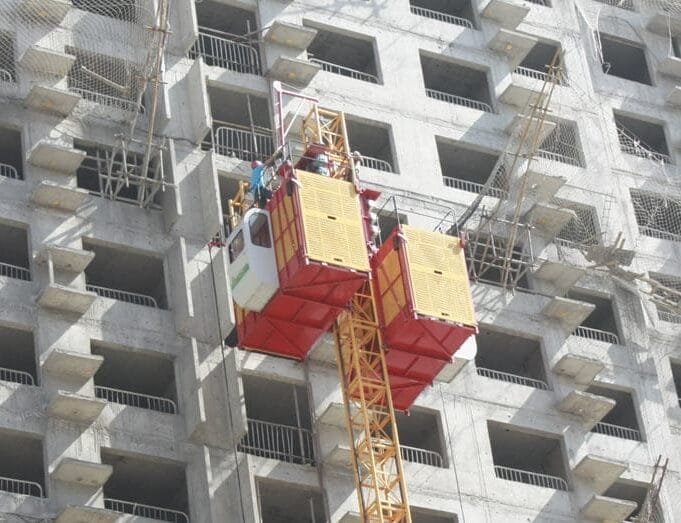
The safe operation of a construction hoist requires proper installation, daily inspections, understanding capacity limits, and following standard procedures.
Installation, anchoring, tie-ins
Before use, the hoist must be:
- Properly installed and anchored
- Structurally tied into the building
- Tested and certified
This ensures a stable foundation for hoist operation.
Lifting capacity and speed considerations
- Observe posted load capacity limits
- Operate at proper speeds per manufacturer
Overloading or speeding can lead to structural failures and accidents.
Loading/unloading procedures
- Loading materials and workers
- Unloading at landing gates
Use tag lines to control loads and guard rails to prevent falls.
Inspections and maintenance
- Frequent inspections
- Regular preventive maintenance
- Proper record keeping for repairs
Hoist Safety
The safe operation and use of construction hoists require proper training, following key safety procedures, and mitigating hazards through equipment features and PPE.
Hoist operators must complete:
- Formal classroom training
- On-the-job orientation
- Annual recertification
Training topics include:
- Pre-use inspections
- Loading/unloading procedures
- Emergency operations
Proper training protects workers and ensures safe equipment operation.
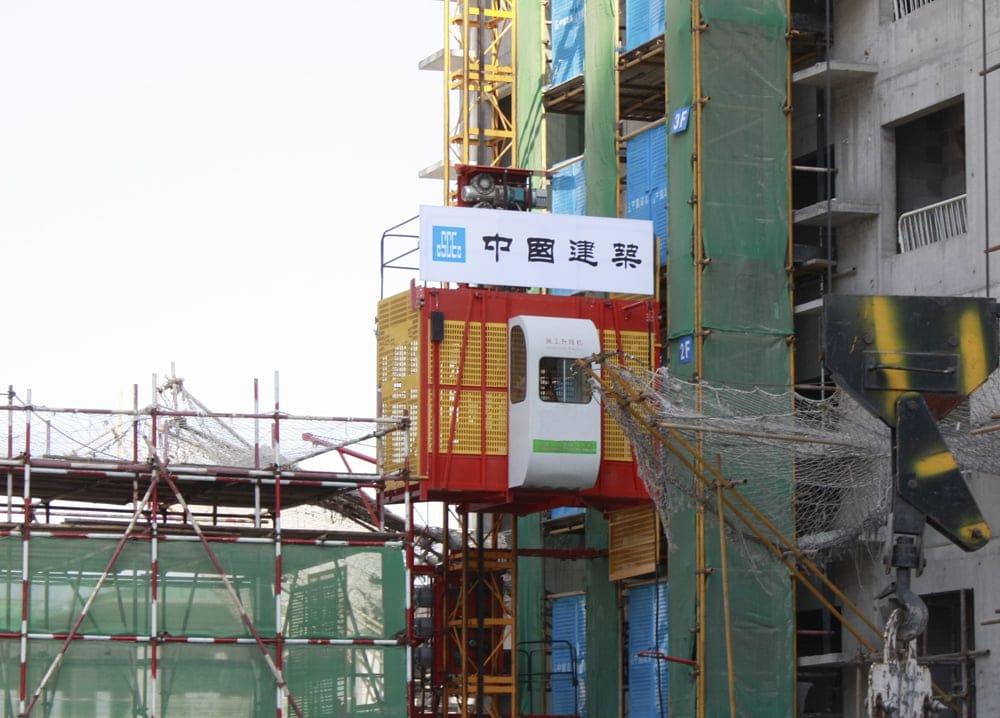
To prevent injuries and fatalities, workers must utilize:
- Fall arrest systems
- Guardrails
- Safety gates
Common hoist hazards include falls, struck-by objects, electrocution, and equipment failures.
| Hazard | Control Method |
| Falls | Personal fall arrest, guardrails |
| Struck-by | Toe boards, debris shields |
| Electrocution | Proper grounding, GFCIs |
Key safety standards and regulations include:
- OSHA 1910.28 – Hoists requirements
- ANSI A10.4 – Personnel hoists
- ASME A17.1 – Elevator code
- Daily and annual inspections
IHURMO’s Advantages
Beijing IHURMO Industry Co., Ltd. is a leading global provider of construction hoist. IHURMO serves customers in over 100 nations worldwide. IHURMO’s equipment adheres to high ISO9001 quality standards and holds CE and EAC certifications, ensuring compliance with international standards and regulations.
IHURMO delivers cutting-edge, safe and reliable solutions tailored to construction projects of any scale. More than just machinery, we offer efficiency, innovation and partnership to help bring your visions to reality.
Why choose IHURMO’s construction hoist:
- Improved safety features such as escape hatches, security doors, interlocks, and guardrails to prevent accidents and injuries.
- Enhanced convenience through self-service hydraulics, flexible connections, aviation plugs, and ergonomic handle and lighting designs.
- Increased efficiency via self-refueling, optimized outer door interlocks, and inspection mast sections.
- Better troubleshooting and maintenance capabilities thanks to control panels with displays, LED lighting, and access provisions.
- More flexibility in operations from the dual side hanger rod seats and movable escape hatch.
- Higher durability from components like the “S” shaped steel feed door handles, concealed LED lighting, and uniform guide wheel stress distribution.
IHURMO improves safety, convenience, efficiency, maintainability, flexibility, and durability through design upgrades across various hoist subsystems and components. Trust in IHURMO’s quality products and steadfast dedication to be the foundation for your next project’s success.
